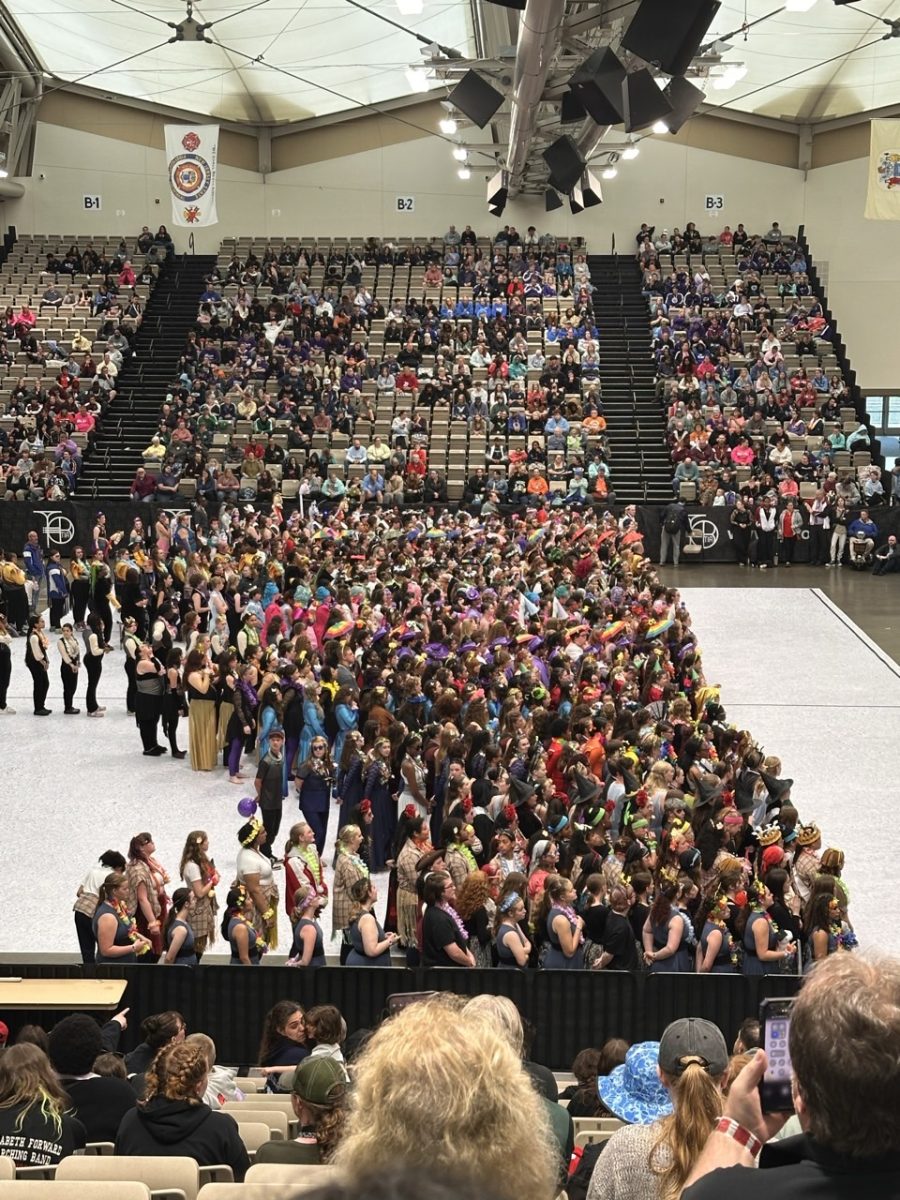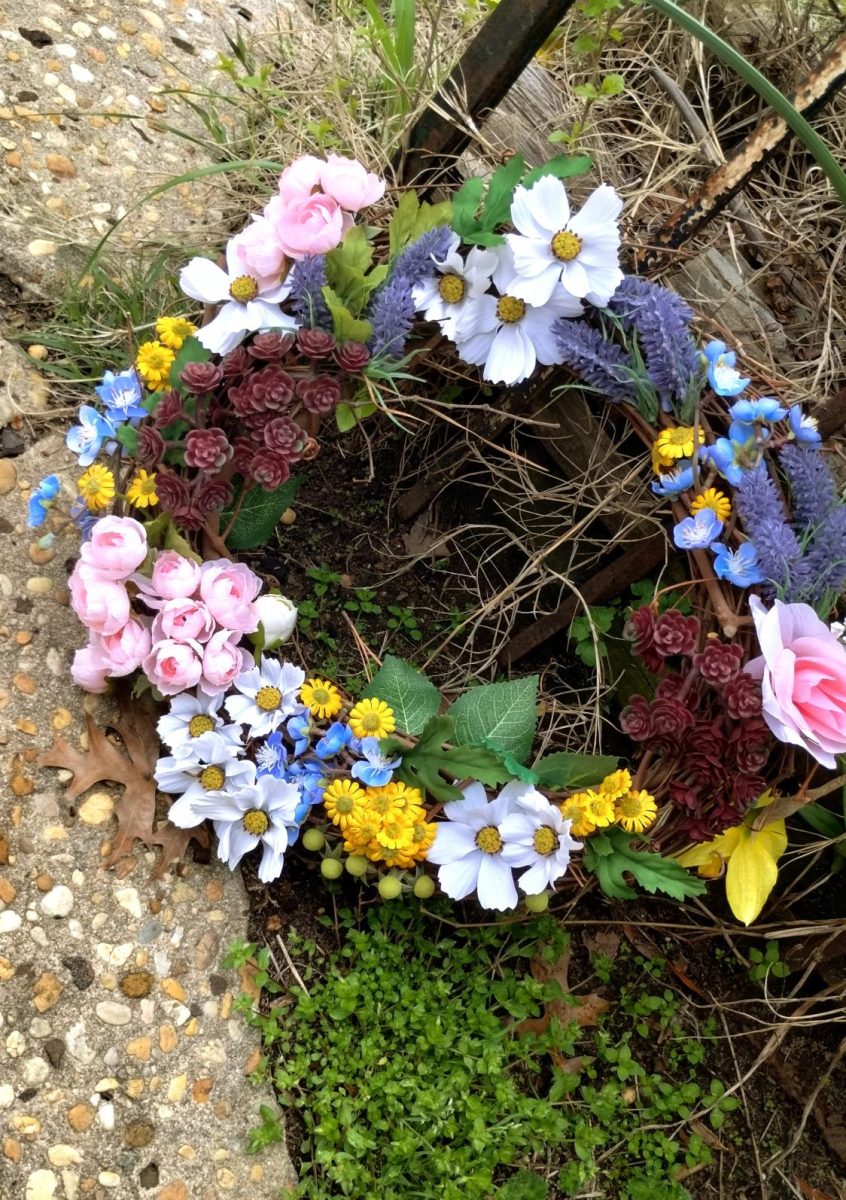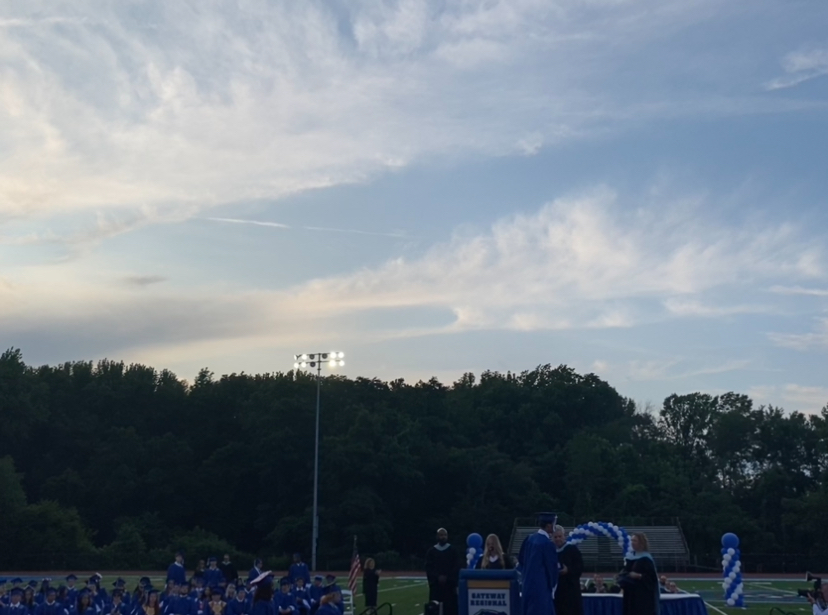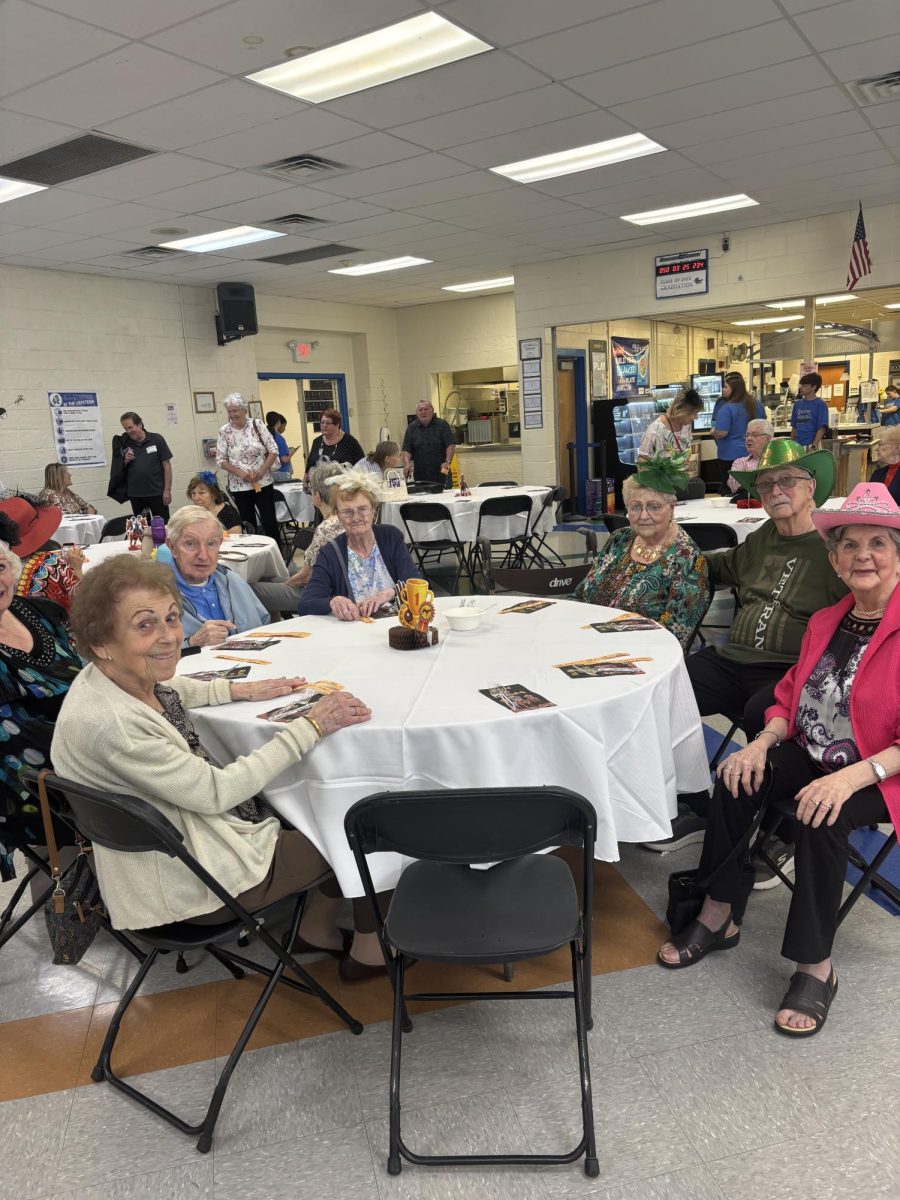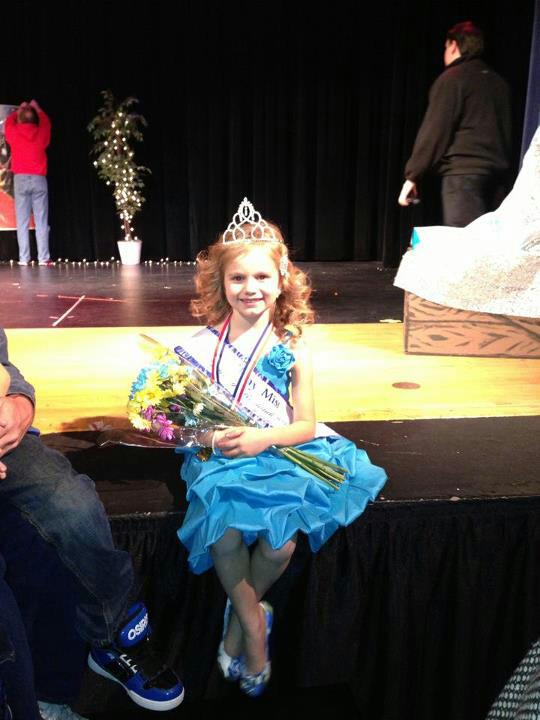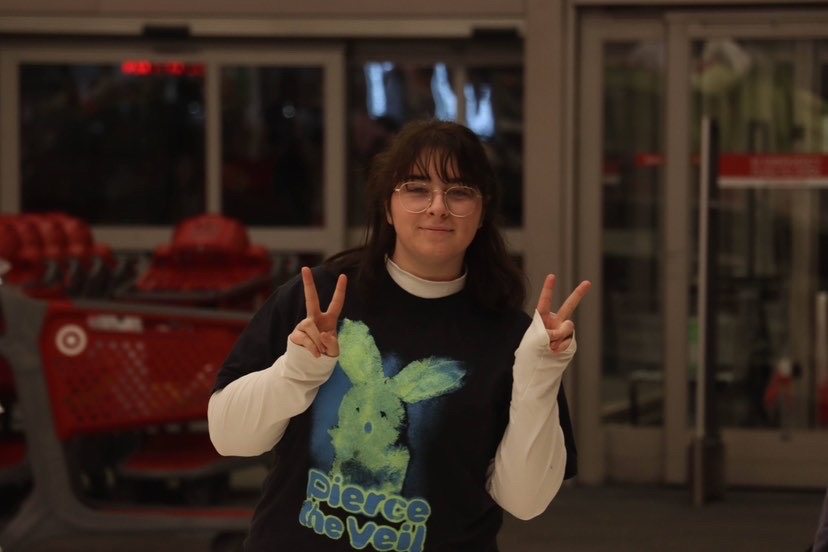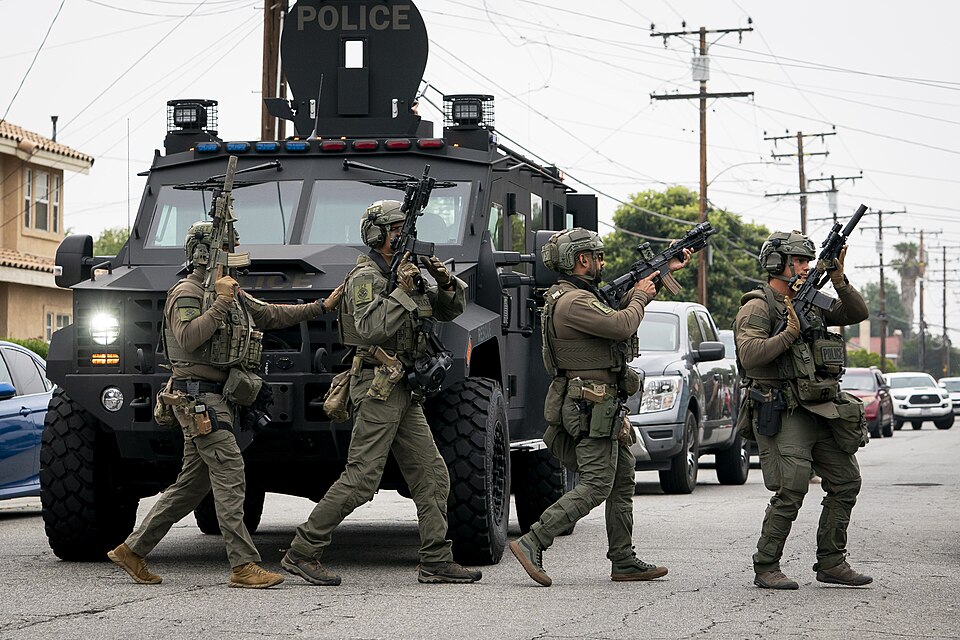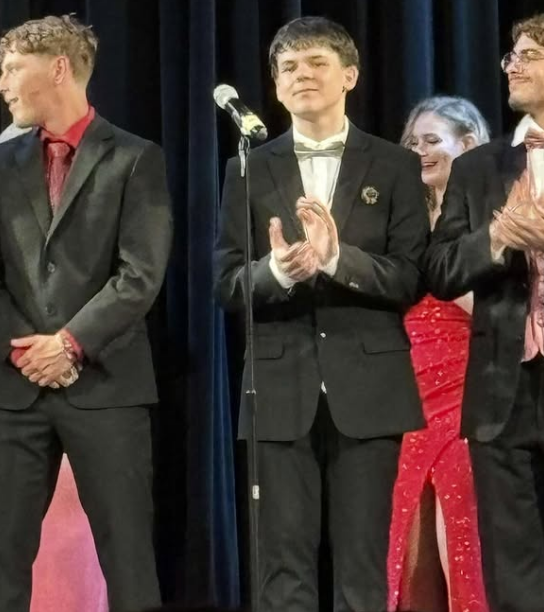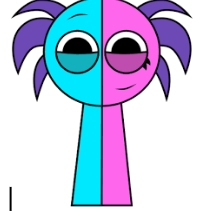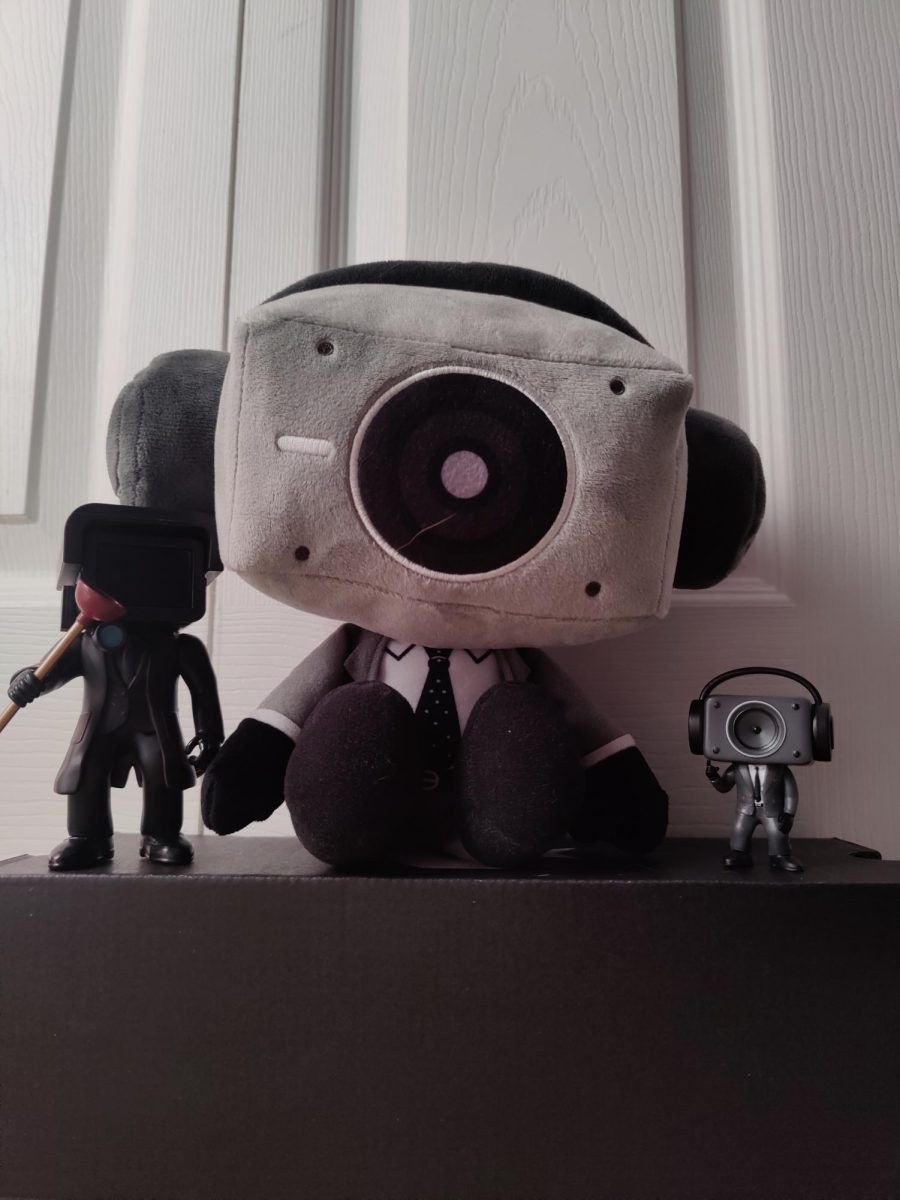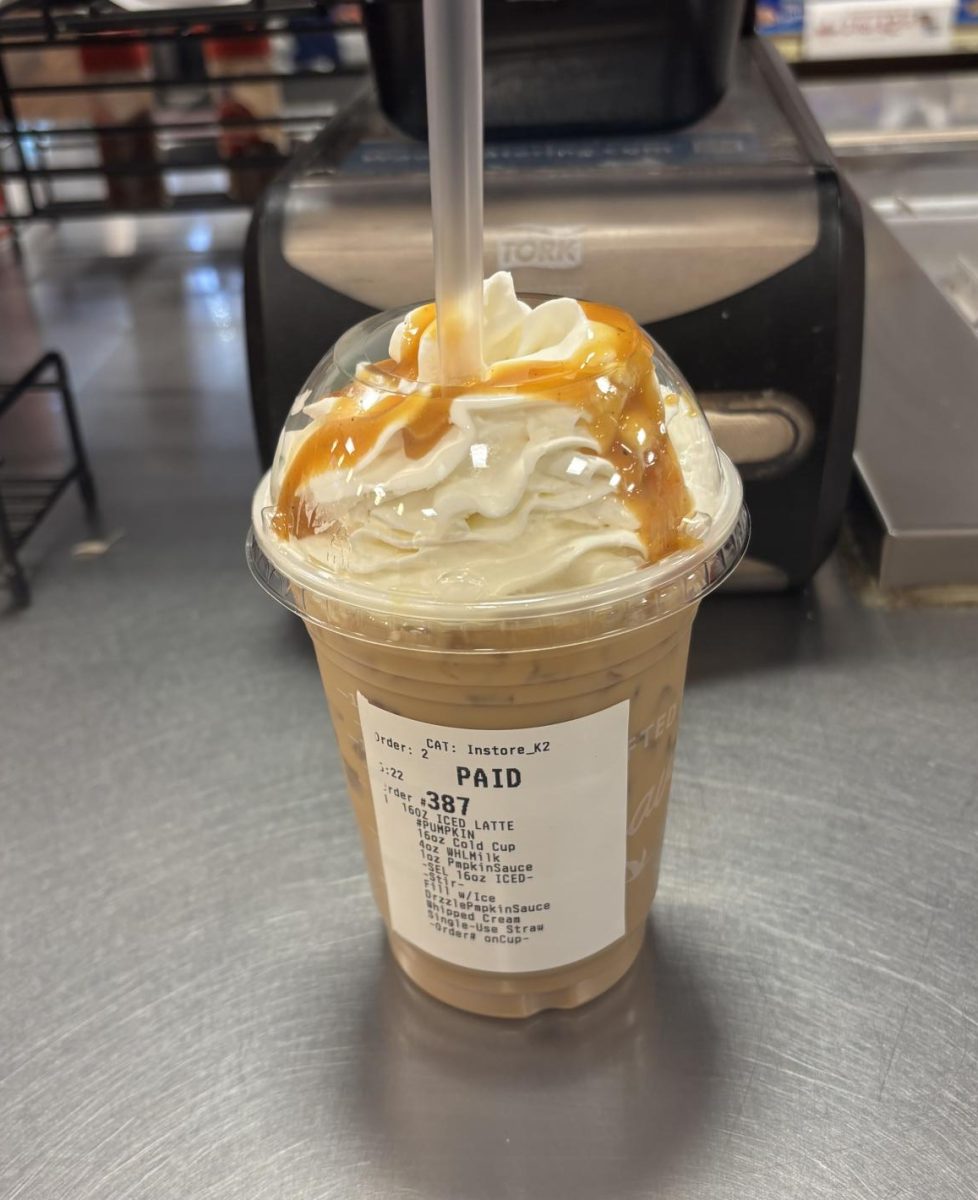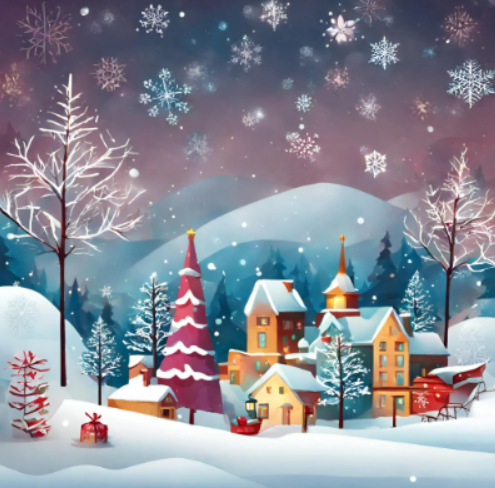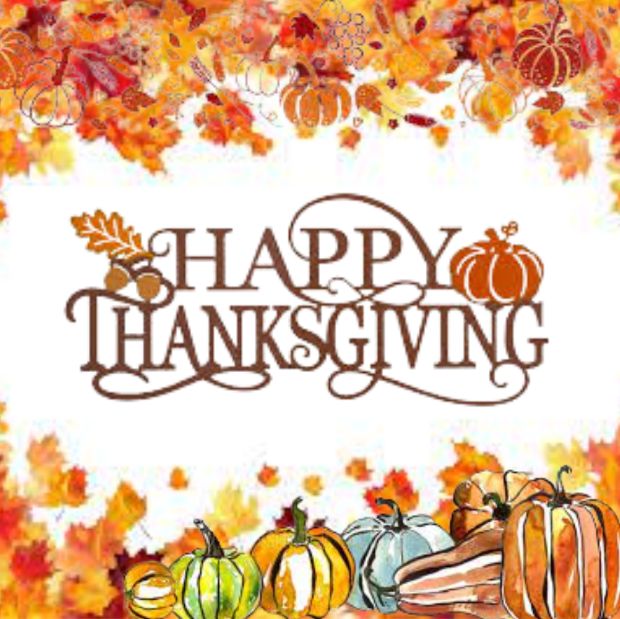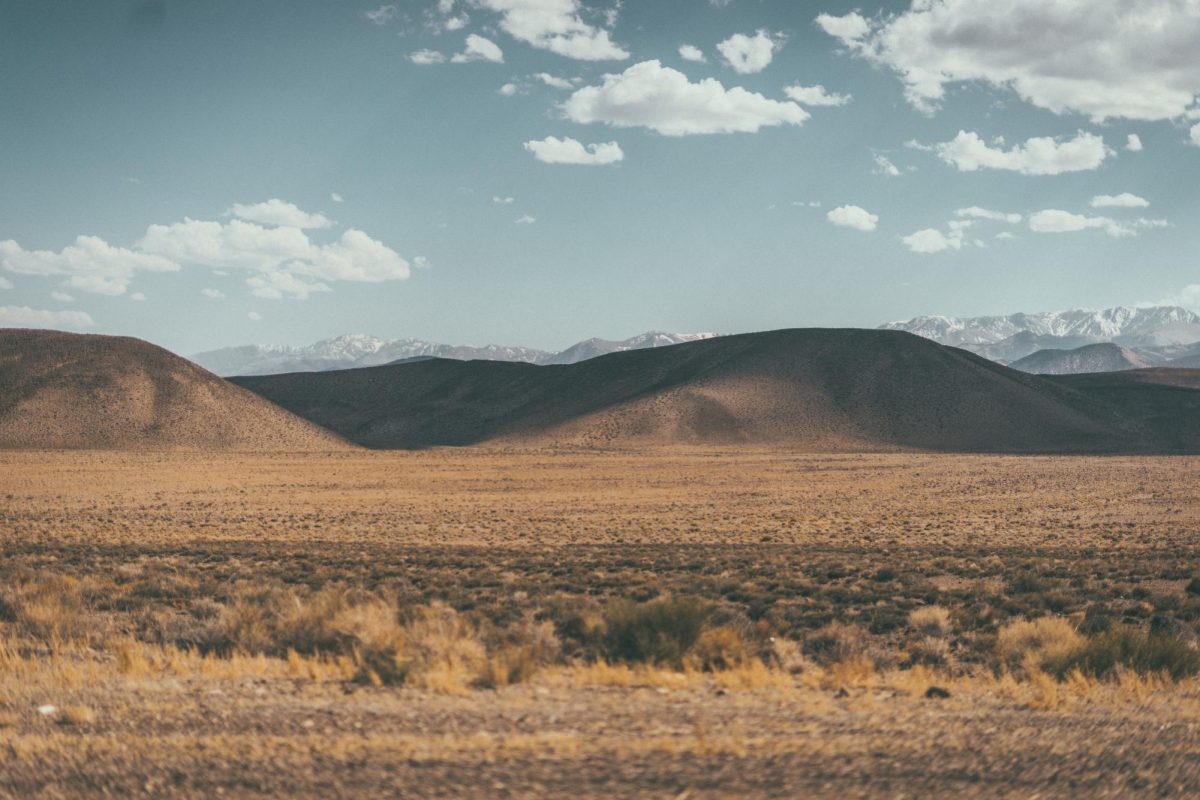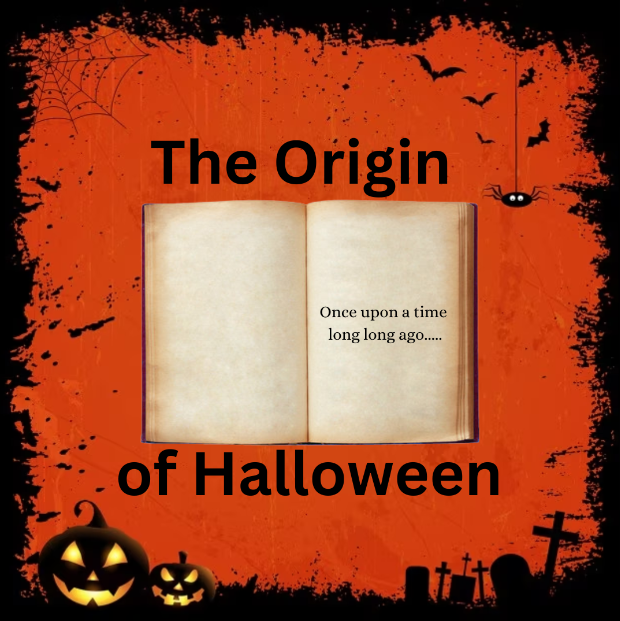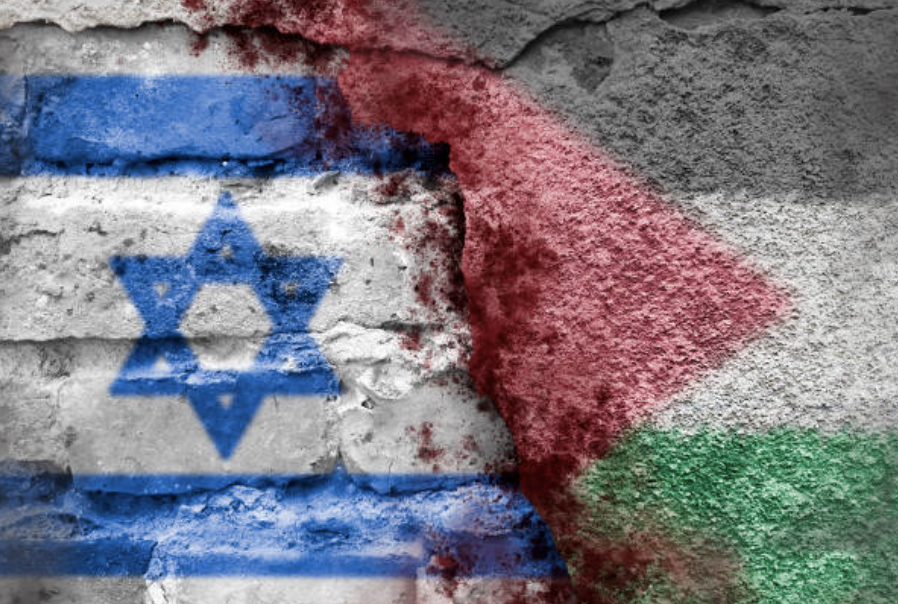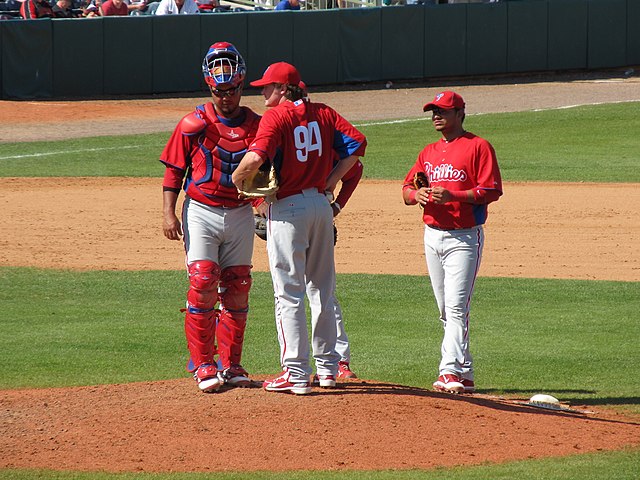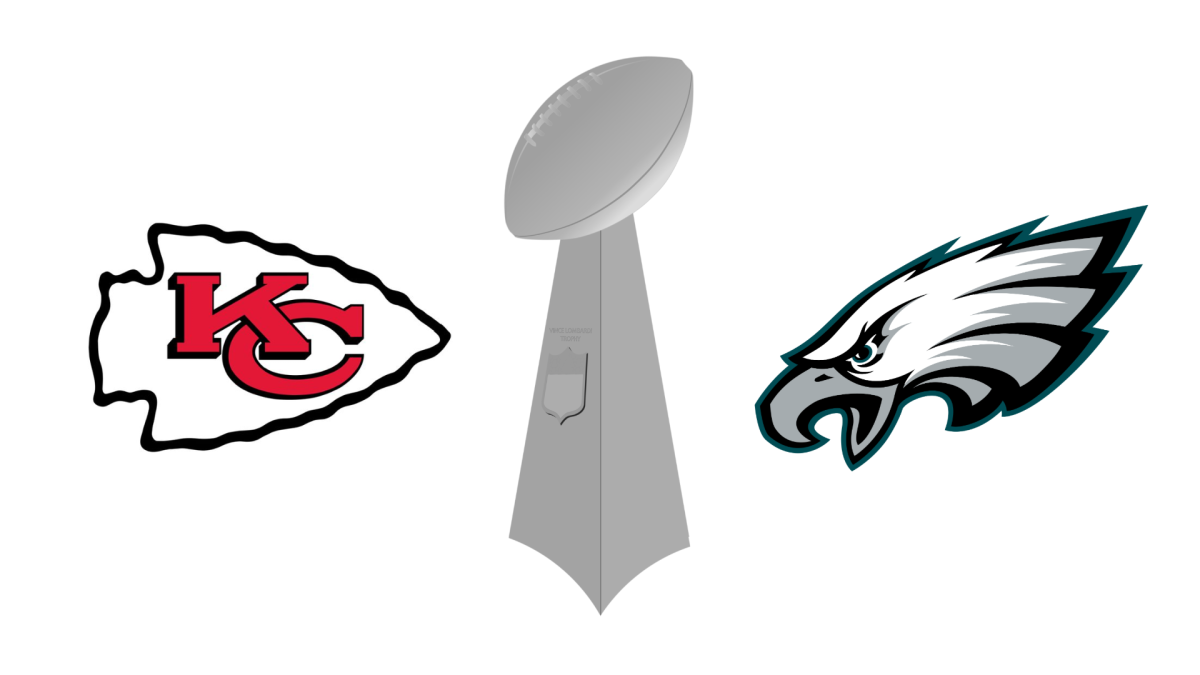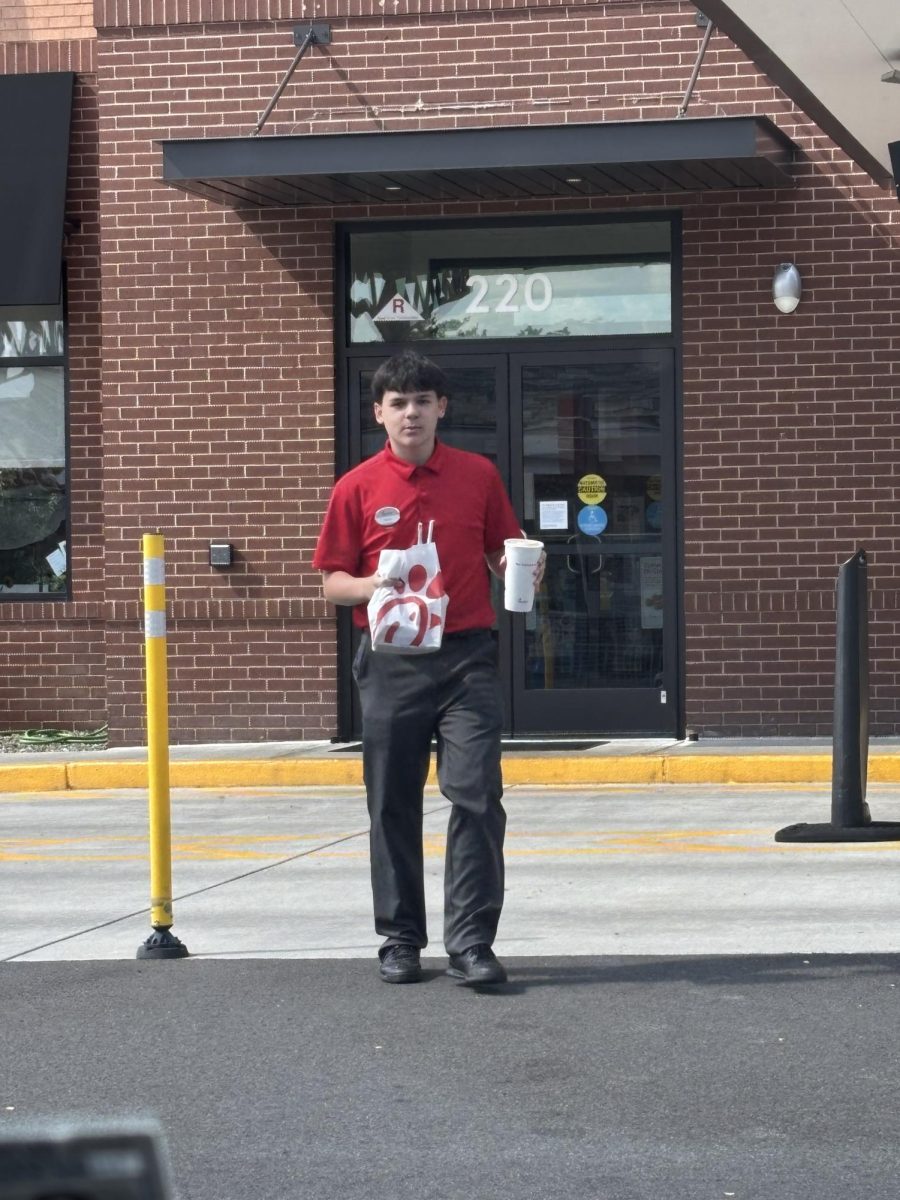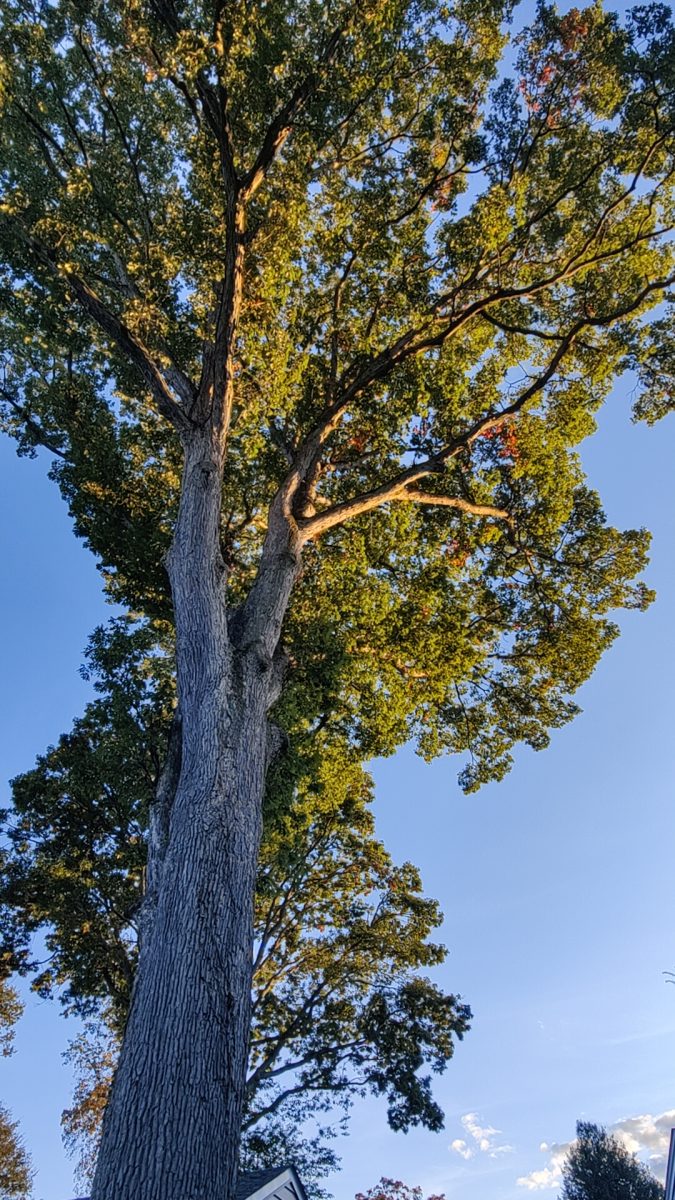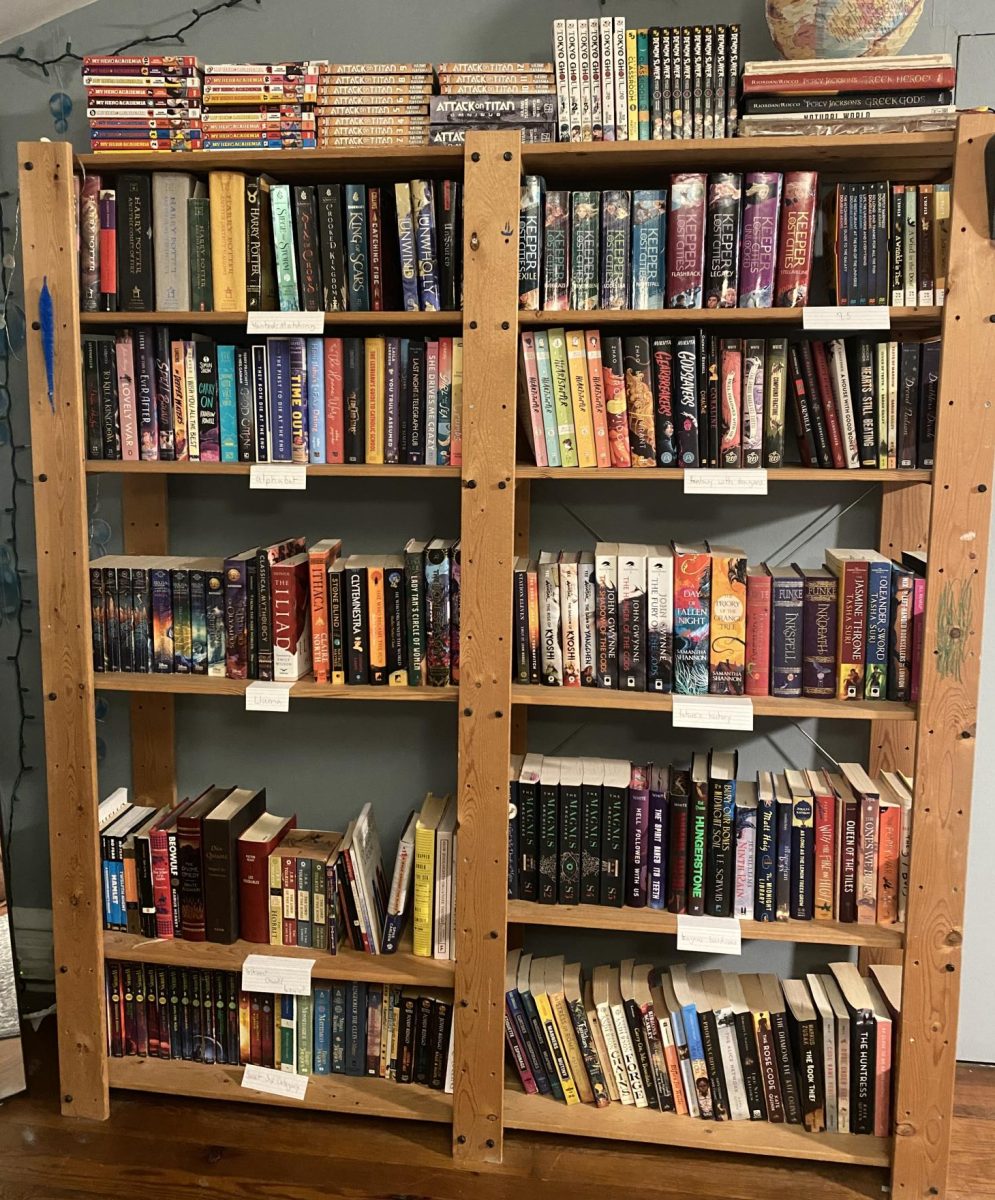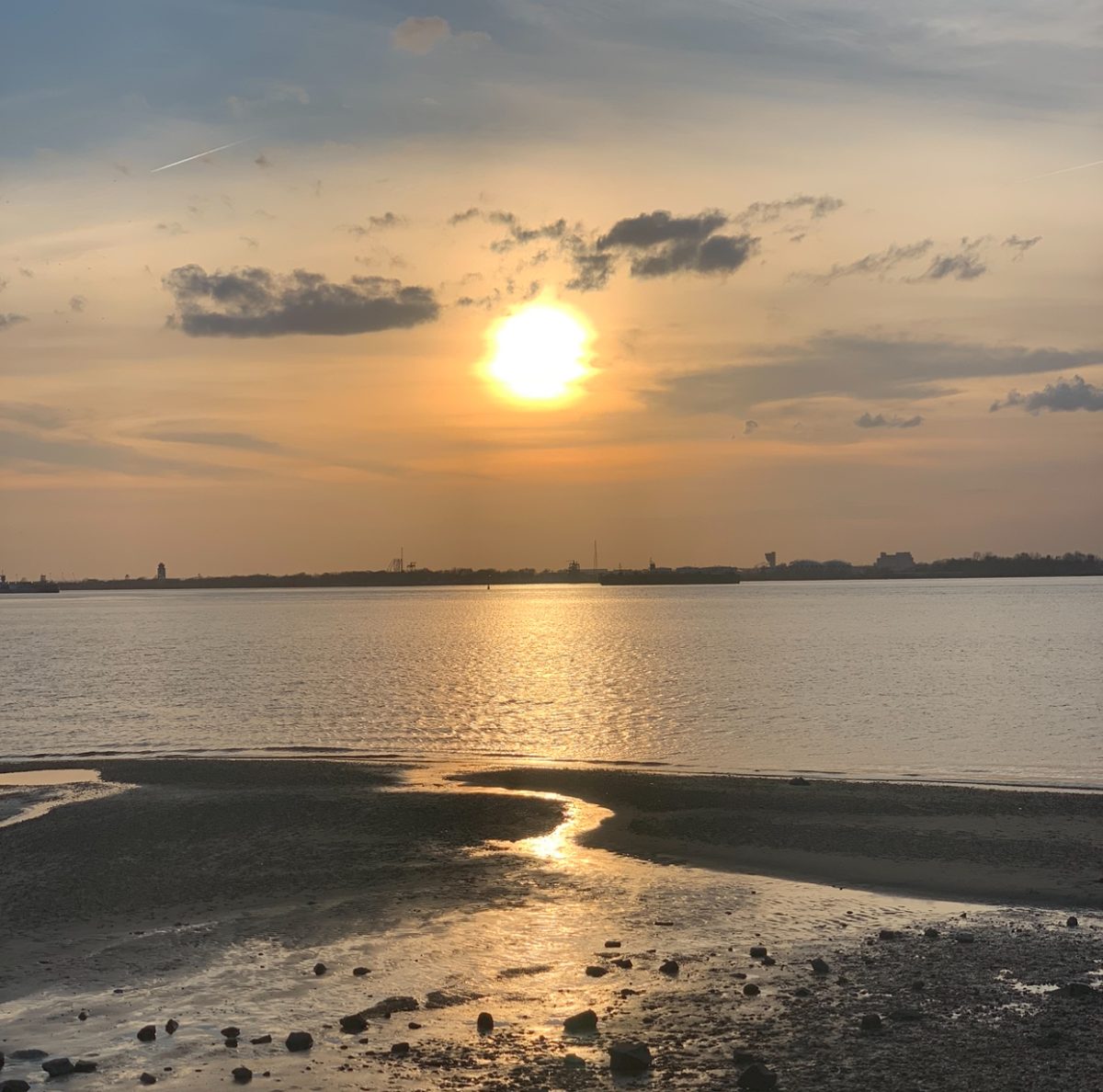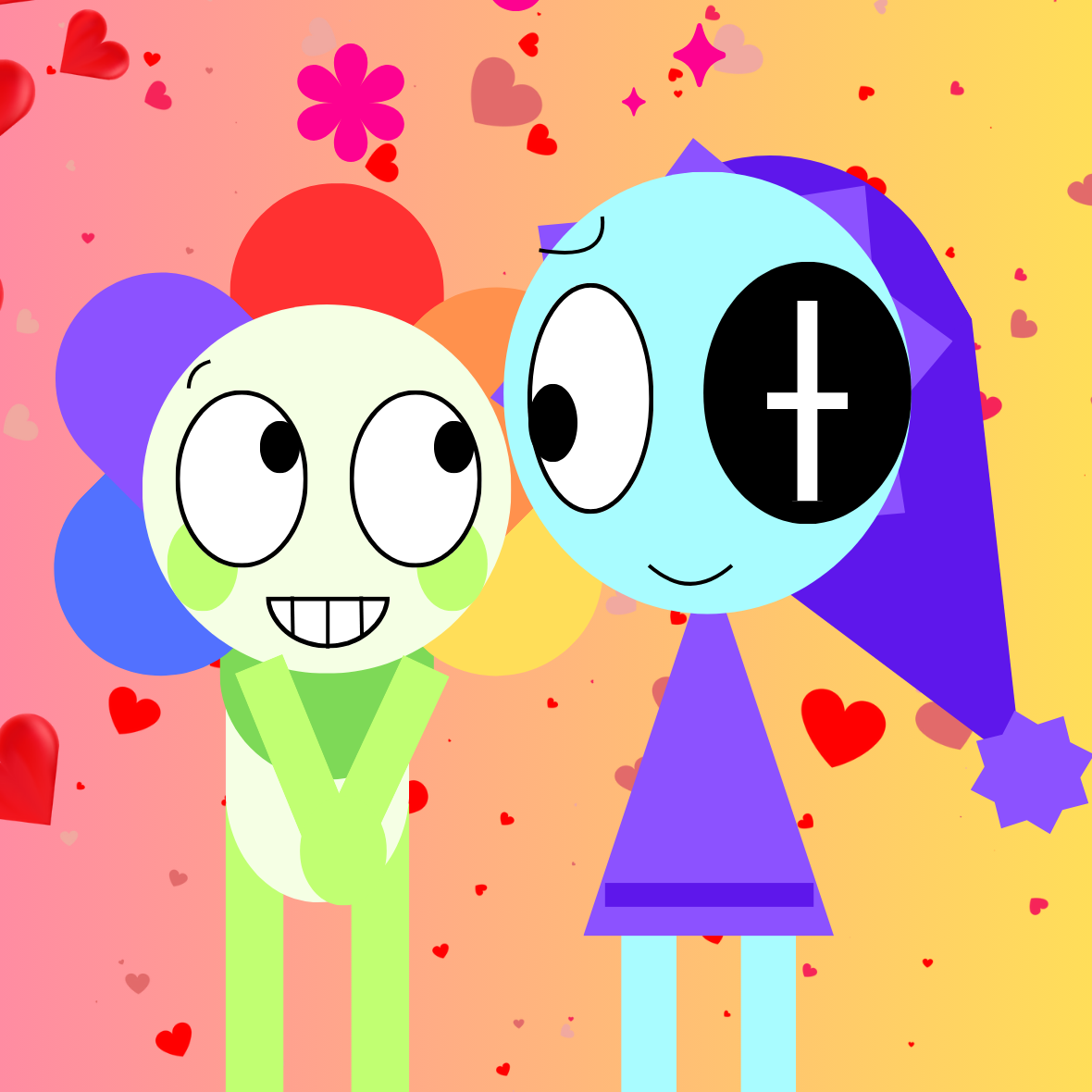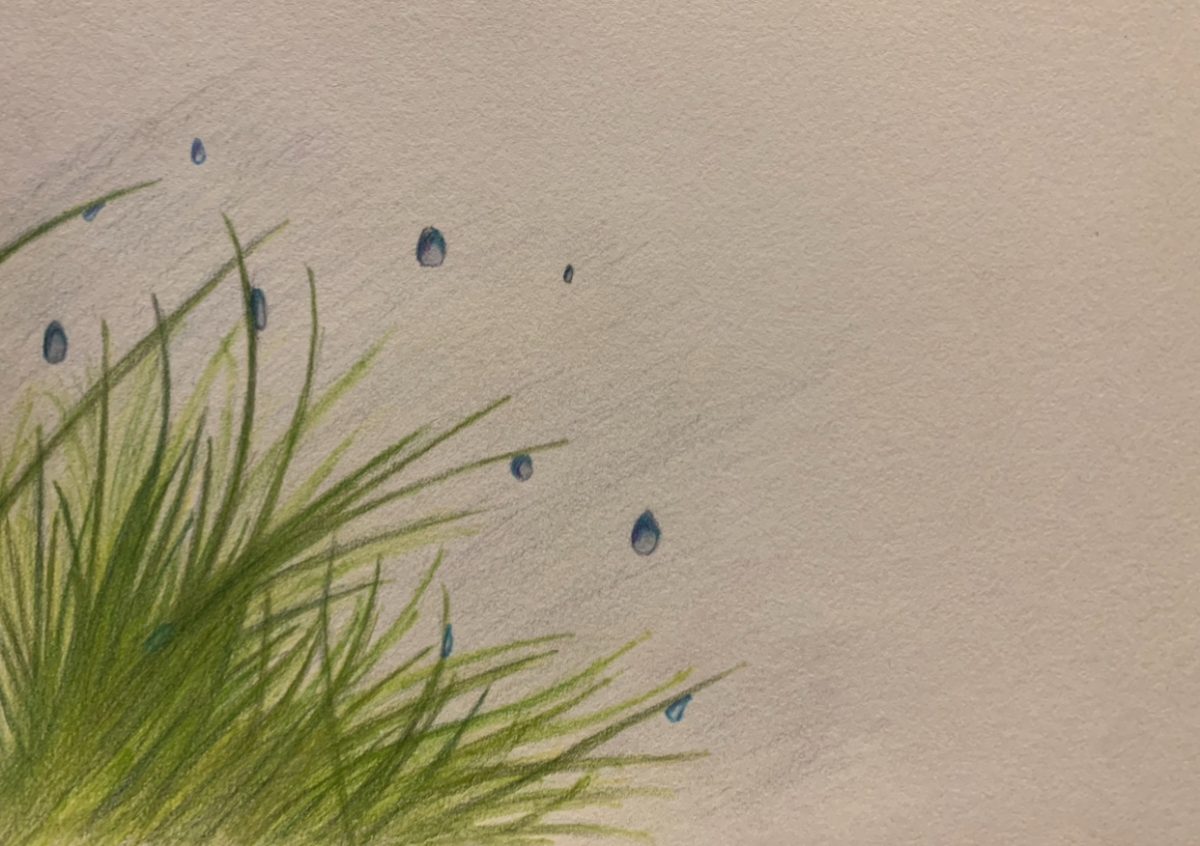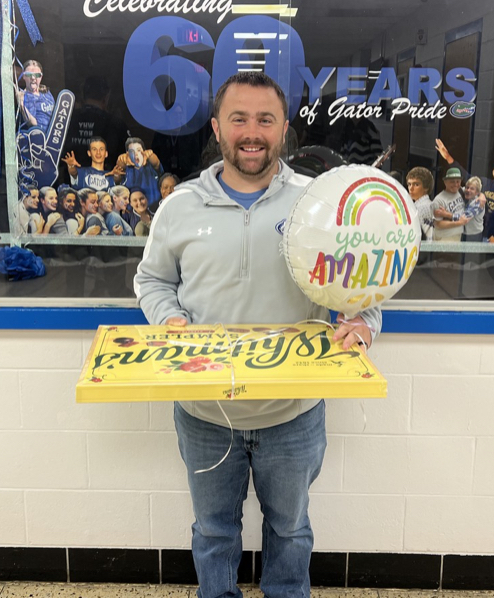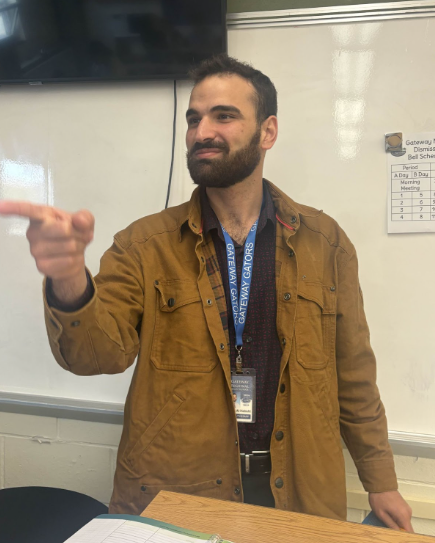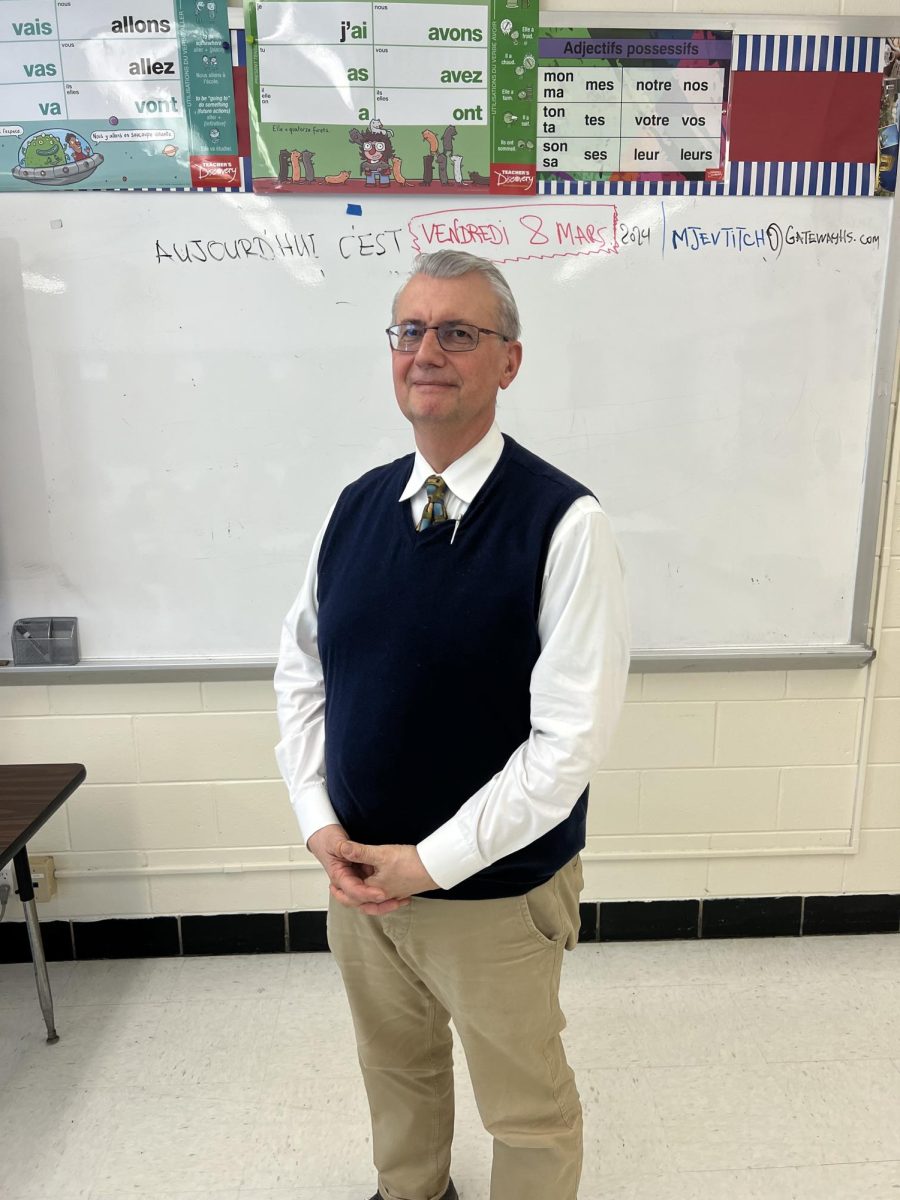Halloween has been a widely loved holiday for many decades. From spooky costumes to delicious sweets, its popularity isn’t in question – but one thing is: How did Halloween come to be? Now, when you’re at a Halloween party or trick-or-treating with your friends, you don’t stop to think about how Halloween used to be celebrated. Let alone that it was an actual celebration of the dead!
Halloween is one of the oldest traditions in the world, as it first began in 4000 BC. It celebrates one essential element of humanity – the relationship between the living and the deceased. Every recorded civilization has had a ritual to celebrate it. During this ritual of Halloween, they would celebrate those who had passed on and observe what happened once they passed. These rituals also demonstrated how people thought one should respect and remember the deceased.
Modern-day traditions can be traced all the way back to the Celtic festival of Samhain. Samhain means summer’s end and it was used to mark the transition between harvesting season and winter. The Celts also believed that this was the time in which the wall between the living and dead was the weakest. This festival consisted of gathering for winter and killing cattle. It also consisted of gathering within communities and feasting and drinking. The idea was that deceased loved ones would rise from the grave and join them.
Lost loved ones weren’t only expected, but they were welcomed. In fact, people often set out their loved one’s favorite foods. If someone alive had wronged someone who had passed on, it was thought that that person could come back to visit that person as well. Because of this, people had the tendency to darken their faces with bonfire ashes in order to deceive the spirits, which became known as guising. This developed into wearing masks. A living person could recognize a lost loved one and unmask themselves.
Along with spirits of lost loved ones and people who were once wronged, there were many different types of spirits that could show up, some being inhuman. Spirits such as elves, fairies, “wee-wolk”, sprites, and dark energy could also join the festivities. The bonfire lighting on the hill of Tlachtga in County Meath on October 31st marked the beginning of these festivities.
Furthermore, the Jack-O-Lantern is regularly associated with the Irish folktale of Stingy Jack. Stingy Jack was a witty drunk and con-master who tricked the one and only devil into banishing him from hell. Although, due to his sin-filled life, he was also not welcomed into Heaven. Once he passed on, he continuously roamed the earth while carrying a small lantern made out of a hollowed-out turnip with a red-hot piece from Hell to help guide his way. This tale is said to have originated from sightings of will-o-the-wisp, swamps and marshes which glowed during the night.
On All Hallows Eve, the Irish would commonly hallow turnips and carved faces into them. They then placed a lit candle inside. They did this to protect themselves from Stingy Jack himself. This was the start of Halloween classic traditions, such as going from house to house and asking for sweets. Back then, the sweets were mostly in the form of soul-cakes.
When other cultures came to America, these traditions came along with them. Over the years, these traditions have changed and become the holiday that we know today.
Additionally, over the years, many groups of Christians have attempted to demonize and denigrate the celebrations. Many times they had ‘proven’ their beliefs by stating the incorrect allegation that Sam Hain had been the Celtic god of death and that Halloween was his feasting time.
This false claim originated from the 18th-century British engineer Charles Vallancey, who wrote about the infamous Samhain festival while having a poor understanding of the culture and language. Due to this lack, his words have been used to protest the celebration. However, the churches were actually the ones who kept the tradition in the western side by Christianizing the holiday.

